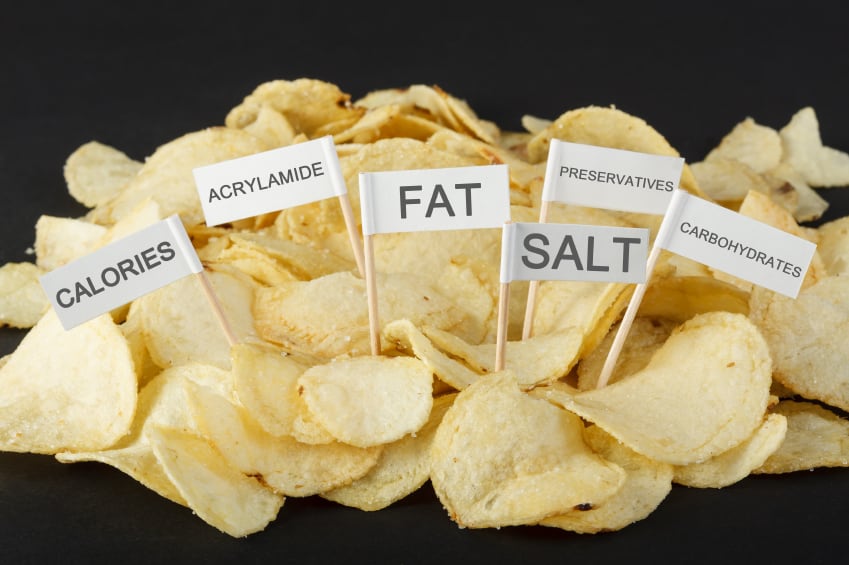While not legally binding, the levels act as a guide for how much acrylamide should be in different products and are intended to be achievable with food manufacturing practices. The Danish Veterinary and Food Administration will test compliance by taking analytical samples from food operators each year.
Acrylamide is a known carcinogen found in a variety of industrial and homemade foods, such as bread, coffee and fried potatoes. The higher the temperature during cooking, and the longer the frying, roasting or baking process takes, the higher the levels of acrylamide.
In statement in Danish in October last year, the minister for environment and food, Eva Kjer Hansen, said: “The food industry is already aware of the problem of acrylamide. But by lowering the limit, I hope we can sharpen corporate focus on new routines and raw material processing, so that consumers need not fear the carcinogen when, for instance, eating bread and drinking coffee.”
While EU’s value guide for acrylamide in potato chips (crisps) allows 1000 micrograms (µg) per kilo of food, the new Danish values bring the Nordic country's recommended value down to 750 µg/kg. The Danish levels also recommend a drop in levels in wheaten bread from 80 µg/kg to 50 µg/kg.
New Indicative Levels
“We must unfortunately note that the indicative EU limits do not protect Danish consumers well enough. So while we are working for lower limits in the EU, so should we exploit the opportunity offered by EU rules that allow us to introduce our own national values," Kjer Hansen said.
But according to a spokesperson at the Danish Veterinary and Food Administration, food manufacturers have so far indicated they would prefer a harmonised EU approach and not national solutions to acrylamide.
Elsewhere in Europe...
The Norwegian Scientific Committee for Food Safety (VKM) recently conducted a risk assessment of dietary exposure to acrylamide in the Norwegian population.
It found that acrylamide concentrations in main food categories did not differ to EFSA’s 2015 study with three exceptions – the category 'potato crisps and snacks' had higher acrylamide concentrations in Norwegian samples than in those reported by EFSA, while the categories ‘Baby foods, other than cereal-based’ and ‘Processed cereal-based baby food’, such as infant porridge, had lower concentrations than EFSA’s samples.
The data from this risk assessment would be used as the basis for Norway’s contribution to ongoing studies at EU level, but may also be used to set new national levels or adjust current ones, said Astrid Bjerkås, head of communications at VKM.
Meanwhile the Food Safety Authority of Ireland confirmed to FoodNavigator it was not planning to set national limits but would rather contribute to European Commission discussions aimed at establishing a

harmonised control approach across the EU.
In Germany, food manufacturers aim for 'ALARA' levels of acrylamide - or ‘As Low As Reasonably Achievable’ - within a maximum limit of 1000 µg/kg for food products determined by the Federal Office of Consumer Protection and Food Safety (BVL). If this value is exceeded, federal state authorities work with the manufacturer in question to reduce the level by changing the recipe or manufacturing method.
In June last year the European Food Safety Authority (EFSA) published an opinion on acrylamide in food, reconfirming previous evaluations that found it increases the risk of developing cancer for consumers in all age groups.
“Evidence from animal studies shows that acrylamide and its metabolite glycidamide are genotoxic and carcinogenic: they damage DNA and cause cancer,” it wrote.
The authority acknowledged evidence from human studies remained “limited and inconclusive”, although due to its carcinogenic and genotoxic nature did not set a tolerable daily intake (TDI) for acrylamide in foods.
Industry trade group, FoodDrinkEurope, has an Acrylamide Toolbox for manufacturers with the latest scientific and technological developments in acrylamide reduction.
